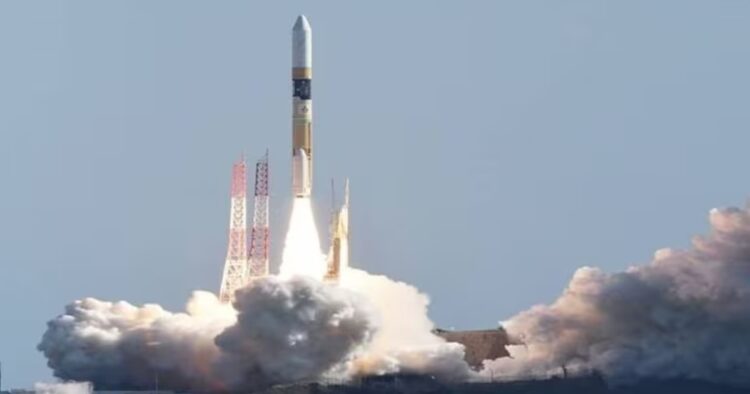In a significant development, Japan’s Smart Lander for Investigating Moon (SLIM) has successfully landed on the moon, owing much of its success to the insights gained from the Indian Space Research Organisation’s (ISRO) Chandrayaan-2 mission. While Chandrayaan-2 faced challenges in its attempt to land on the lunar surface, its orbiter continues to provide valuable data from above.
Chandrayaan-2, launched by ISRO, became a pivotal reference point for international space missions, including Japan’s SLIM. The technological advancements and experiences garnered from the Indian mission played a crucial role in the success of SLIM’s landing on the moon.
Japan utilized imagery from Chandrayaan-2 to select a suitable landing spot for SLIM, showcasing the collaborative efforts in the realm of space exploration. Although Chandrayaan-2’s lander faced difficulties, the orbiter, weighing 3850 kg, continues its mission, contributing essential data on lunar topography, mineralogy, and the search for water ice.
The collaboration between ISRO and the Japan Aerospace Exploration Agency (JAXA) is set to deepen with the LUPEX mission, a joint venture between India and Japan. However, even before LUPEX takes flight, JAXA’s SLIM mission has already reaped benefits from ISRO’s experiences.
SLIM, which entered lunar orbit on December 25, demonstrated a significant advancement in landing accuracy. Despite successfully landing on the moon, recent imagery has revealed an unexpected turn of events. SLIM appears to have tipped over, obstructing its solar panels and preventing them from receiving sunlight for power generation. This unforeseen situation has left the lander reliant on its limited battery reserves, which are depleting.
JAXA has stated that it will take a few months to assess whether SLIM landed precisely within its target area of just 100 meters. The mission’s unexpected outcome highlights the challenges and uncertainties inherent in space exploration, emphasizing the importance of collaboration and shared experiences in advancing lunar research.
In summary, the successful landing of SLIM on the moon, guided by the lessons learned from Chandrayaan-2, marks a significant step in international cooperation in space exploration. Despite the challenges faced by both missions, they contribute valuable data that enhances our understanding of the moon and paves the way for future endeavors in lunar exploration.

















Comments